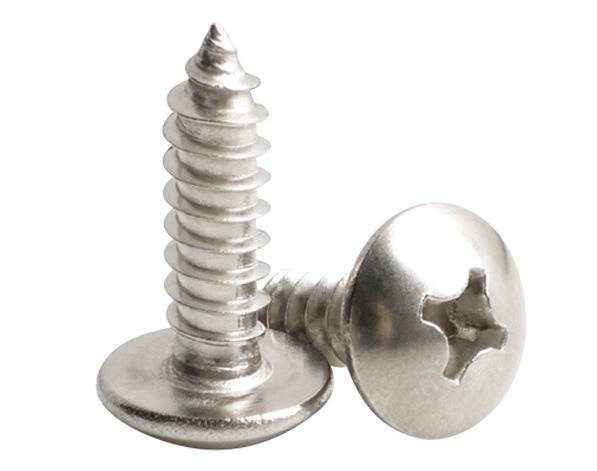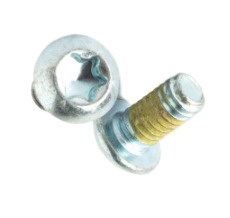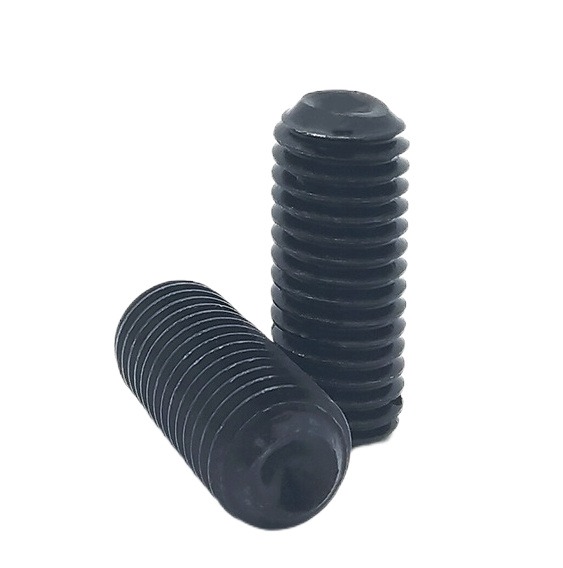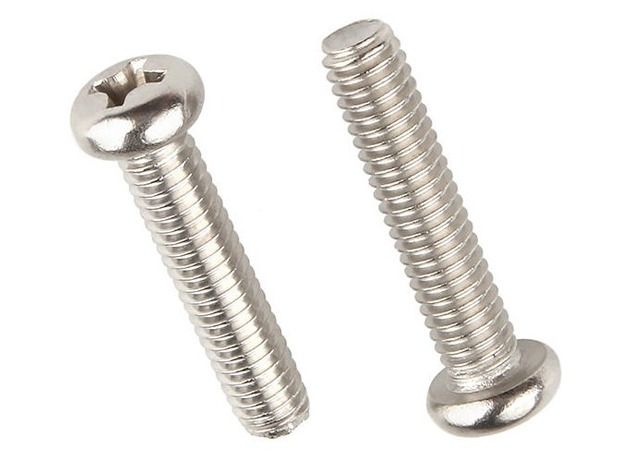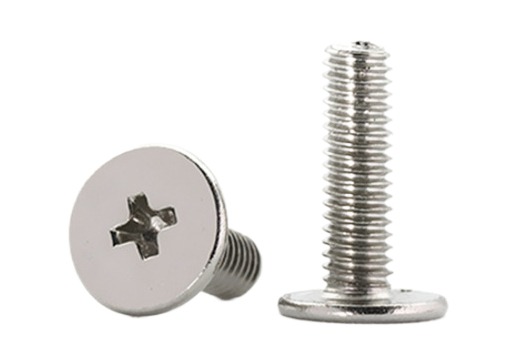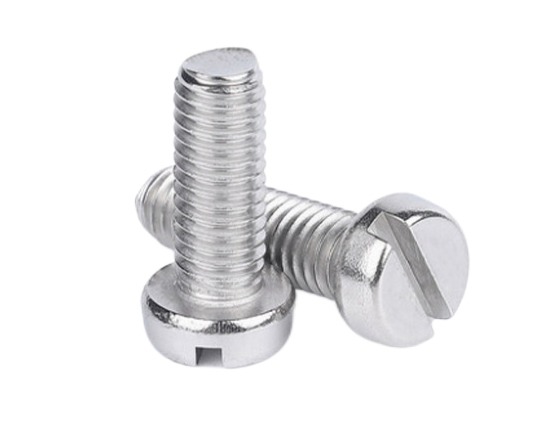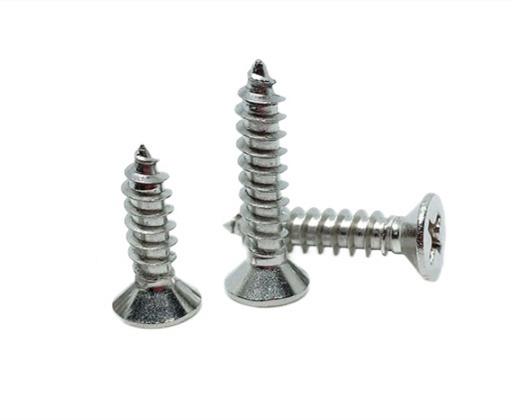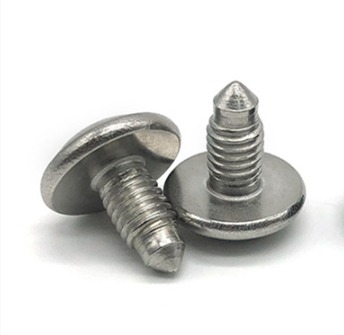Why Should Choose Screw Plating?
Screws are colorful. Screw fasteners with various colors, such as silver, black, yellow, purple, etc, have been seen everywhere. So how are these screws be made so colorful? Screw plating is a process to bring bright colors to screw fasteners and making them beautiful
Screw plating adopted for colorful products
When the screw has just been produced, it is very oily and dirty. At this time, It needs to be taken to the electroplating plant to make it beautiful and convenient to use. The screw electroplating color can be consistent with the color of the material. When the screw fastener is plated the appearance of the screw is more colorful and bright.
The colors of screw plating include white zinc, blue zinc, colorful zinc, white nickel, black nickel, black zinc, and green.
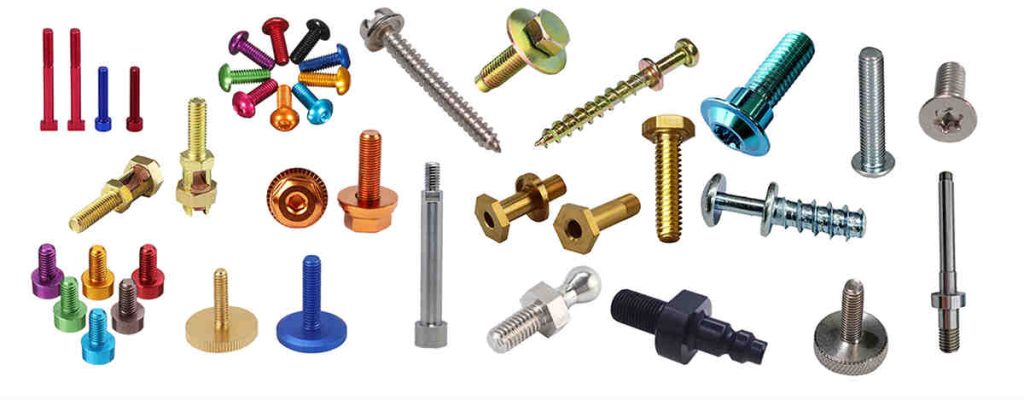
What should be paid attention to during the screw plating process?
1. If the screws with different specifications mix up for electroplating so that some places cannot be plated, which is easy to cause product scrapping. The screws must be clean up before the electroplating.
2. Under the process condition of conventional electroplating, it is difficult to meet the quality requirements of electroplating layers and different specifications, such as the appearance color and characteristics of the screw, most of which require professional operation.
3. The specifications of screws are too close, for example, that the size and the length seem to be similar. This kind of screw plating should be operated separately, otherwise, it is not easy to screen.
4. Heavier screws and lighter screws should be plated separately. Smaller screws and larger screws should be separated to electroplate. Otherwise, screws of different specifications and models are stuck together in the process of electroplating, causing damage to the screw.
5. The screws are easy to get stuck together to electroculate. Otherwise, the two different specifications and models of screws are stuck together, which easily leads to failure of plating, even the screw plating has been finished, it is also difficult for to separate different types of screws.
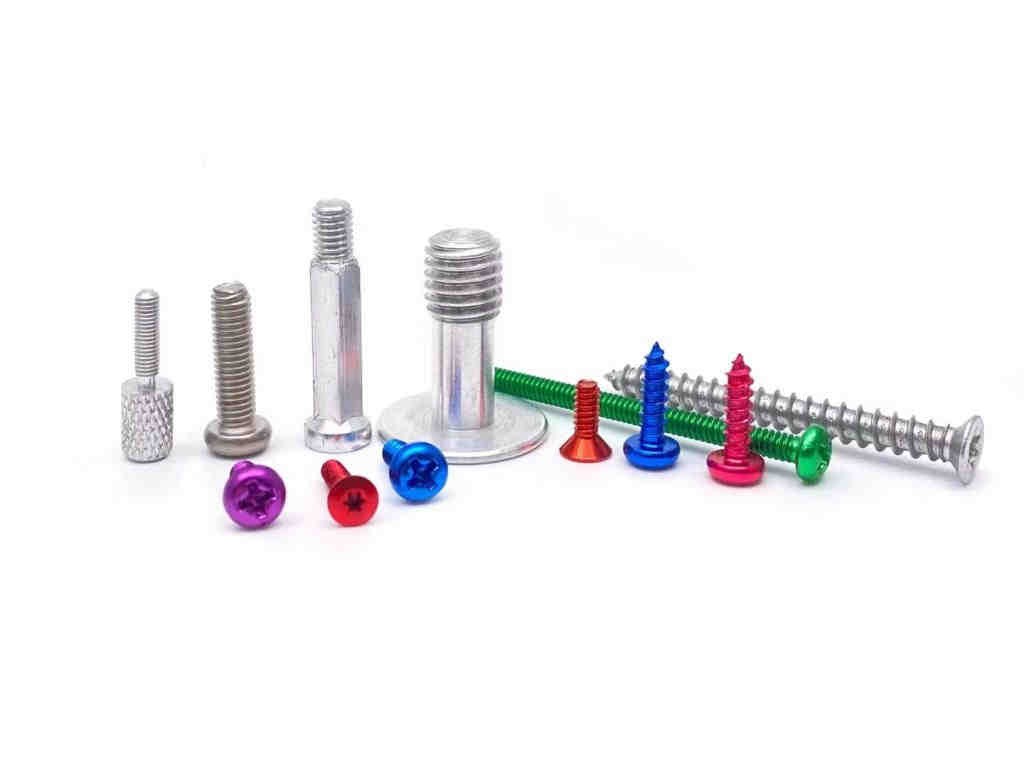
Quality control methods of screw plating products
The quality of screw plating is based on its corrosion resistance and appearance as the main measurement standard. The corrosion resistance is to imitate the product environment. Set the environment as the test conditions and conduct corrosion test. So what are the quality control methods for screw electroplating products
1. Appearance
The surface of the screw shall be plated everywhere. Scorching, roughness, grayness, peeling, crusting, obvious stripes, pinhole, loose passivation film, cracking and serious passivation traces are not allowed
2. Plating thickness
The service life of self tapping screw in corrosive atmosphere is directly proportional to the plating thickness. The average thickness of hot -dip galvanized is 54um, and the minimum thickness is 43um.
3. Plating distribution
The aggregation method of plating on the fastener surface is different. When plating, the plating metal is not uniformly deposited on the edge of the outer peripheral. Different accumulation methods are adopted to obtain a thicker plating at the corner. The thickest plating of the screw is located on the top of the thread, gradually becoming thinner along the front of the thread, and the thinnest at the bottom. Hot dip galvanizing is just the opposite. Thicker plating is deposited at inner corner and bottom of thread. The metal accumulation tendency of mechanical plating is the same as that of hot dip plating, but it is much smoother and the thickness of the entire appearance is much even more uniform.
4. Hydrogen embrittlement
When fasteners are processed, especially during the processing of pickling and alkaline before plating and the subsequent electroplating, the appearance absorbs the hydrogen atom, the accumulated metal plating is capture hydrogen. When the screw is tightened, the hydrogen turns towards the most concentrated part of the stress, causing the pressure to increase to exceeds the strength of the base metal, which comes into being a small appearance fracture. Hydrogen is particularly active and soon seeps into the newly formed cracks. This kind of cycle continues until the fastener breaks. It usually occurs within a few hours after the first stress. In order to eliminate the threat ofhydrogen embrittlement, the fastener should be heated as fast as possible after plating, so that the hydrogen is exuded from the plating. Heat process is usually performed lasting for 3-24 hours. Mechanical galvanizing is non-electrolyte, which actually eliminates the threat of hydrogen.
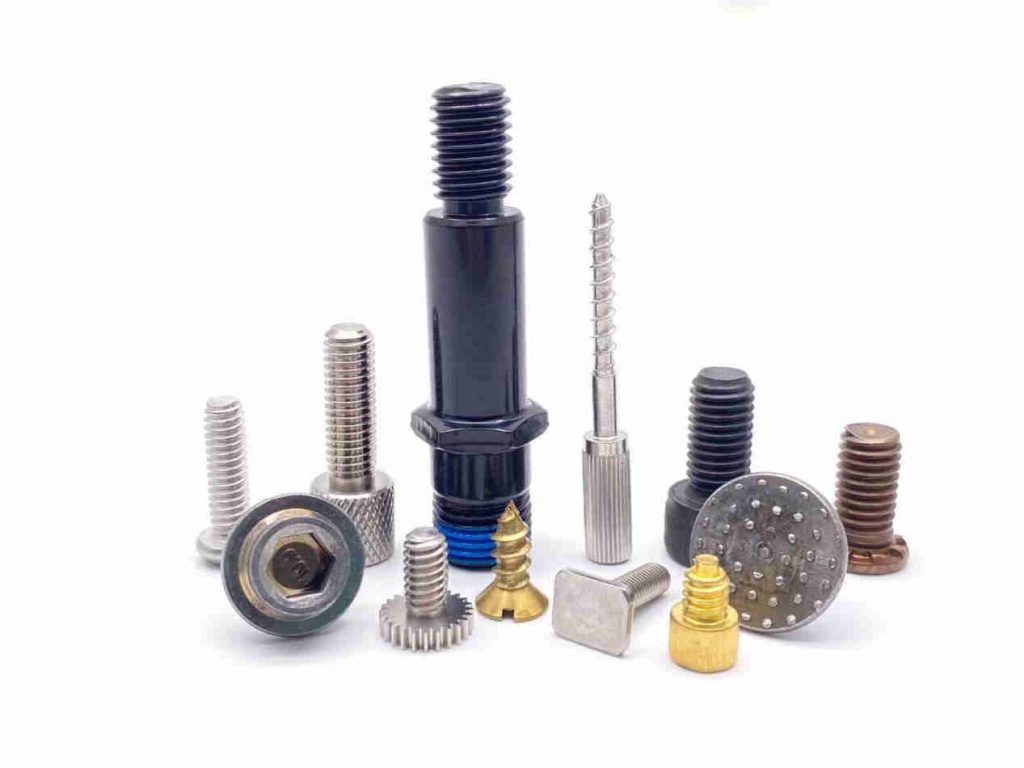
Summary
Screw plating process brings bright colors to the fastener products, which makes them beautiful, colorful and gorgeous, During the electroplating process, what should be paid attention to and how to control the quality of the screw products are important problems mostly concerned about. The article shares some useful knowledge to improve the effect of screw plating.

